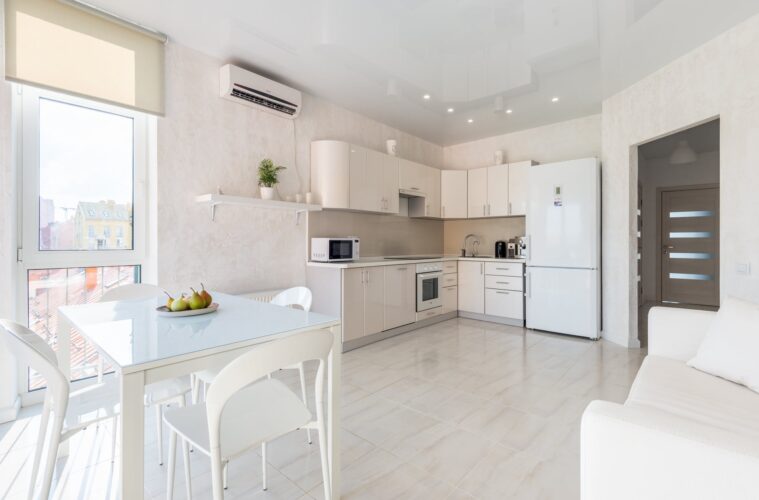In most instances, your HVAC unit is the one regulating your house’s temperature. However, there are also times when it just can’t keep up, and you need to do things yourself to regulate your house’s temperature. This is especially true during extreme weather like summer or the winter. That said, what are the things you can do to regulate your house’s temperature efficiently without relying too much on your HVAC unit?
But before we get into that, we need to know first why your HVAC unit sometimes can’t regulate your house’s temperature.
Factors Why Your House’s Temperature is Fluctuating
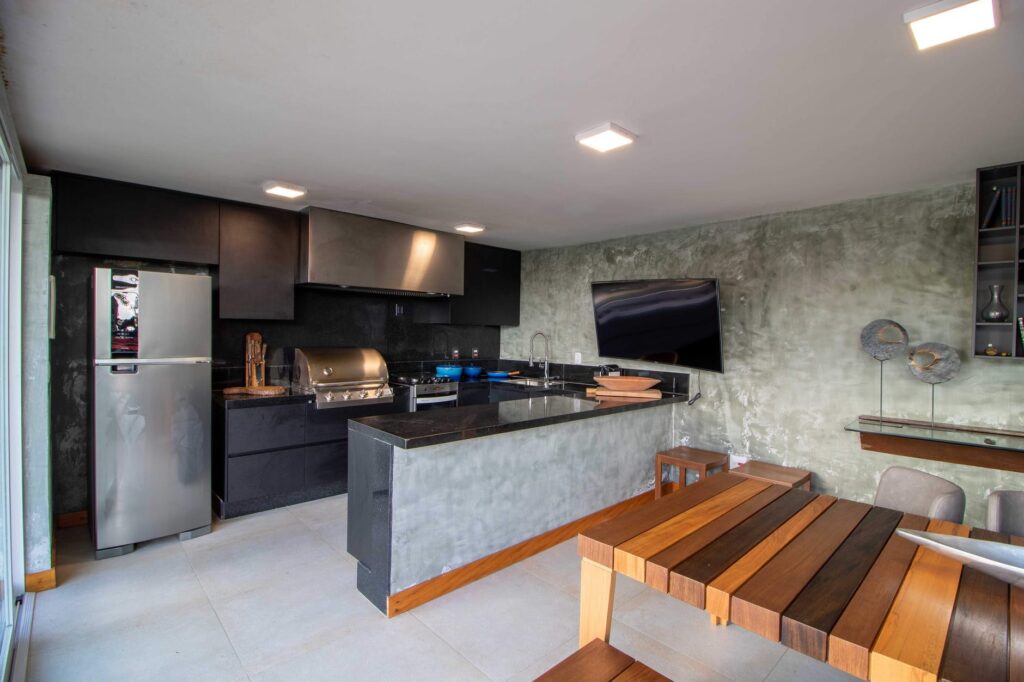
There are a lot of factors that can contribute to why it’s sometimes too hot or too cold in a room in your house or your house in general, even if your HVAC unit is turned on.
The most common reasons are letting your windows open for too long, the orientation of your room having too much access to sunshine or the lack of it, and your HVAC unit being too far away.
With that in mind, there are simple tricks that you can do to regulate the temperature efficiently. Fixing these temperature variations with the following fixes should make your HVAC unit work less, which will save you a lot of money in the long run.
Check Your HVAC
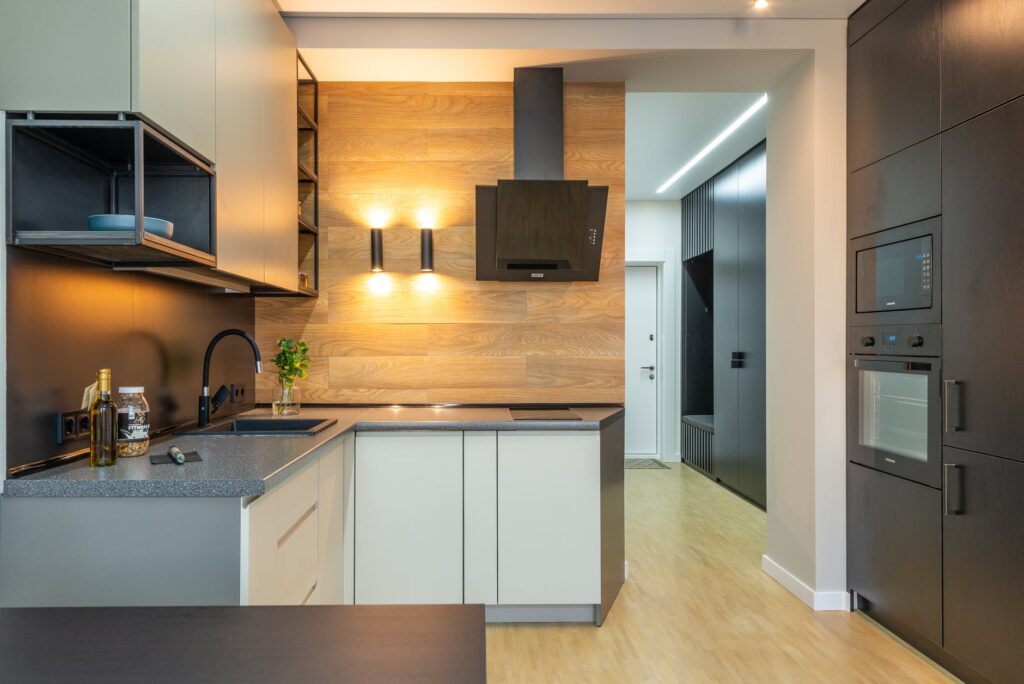
Of course, the most efficient way to regulate your house’s temperature is to have an HVAC installed. HVAC units come in different shapes and sizes, and getting the most suitable one for your home is the top priority. Having the wrong one can make the HVAC unit work a lot harder but less efficient because it doesn’t fit the needs of your house.
That said, if you already have an HVAC unit for quite some time and you notice the temperature fluctuations more often, you need to check your vents. For instance, if a vent is blocked, the airflow will not be distributed equally in your house, making each area different in temperature. If they are indeed blocked, you can call a professional from the Air Conditioning Industries to help you deal with the situation and get your HVAC unit to work again as soon as possible.
Cover Up
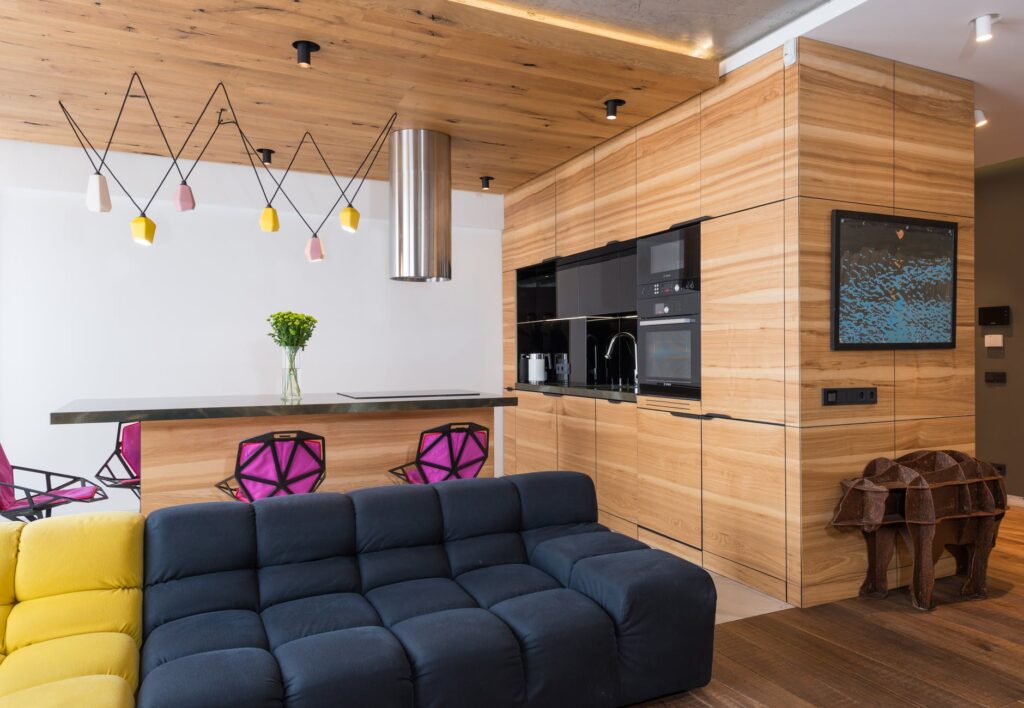
If you notice that the temperature of a specific room is constantly changing, then maybe you aren’t covering up the room enough. With that in mind, try to mend this by taking care of your windows. Windows contribute a lot to the temperature of the room. If they are not adequately sealed and insulated, they will let a lot of airflow inside your house.
Try to buy window shutters or blinds to help you seal them up when it’s necessary. But what is best for window covering? Your best bet is a thermal curtain. They can insulate your windows properly, giving you an easier time to regulate that room’s temperature. Or you can also buy thermal shutters, which work the same way.
Install a Smart Thermostat
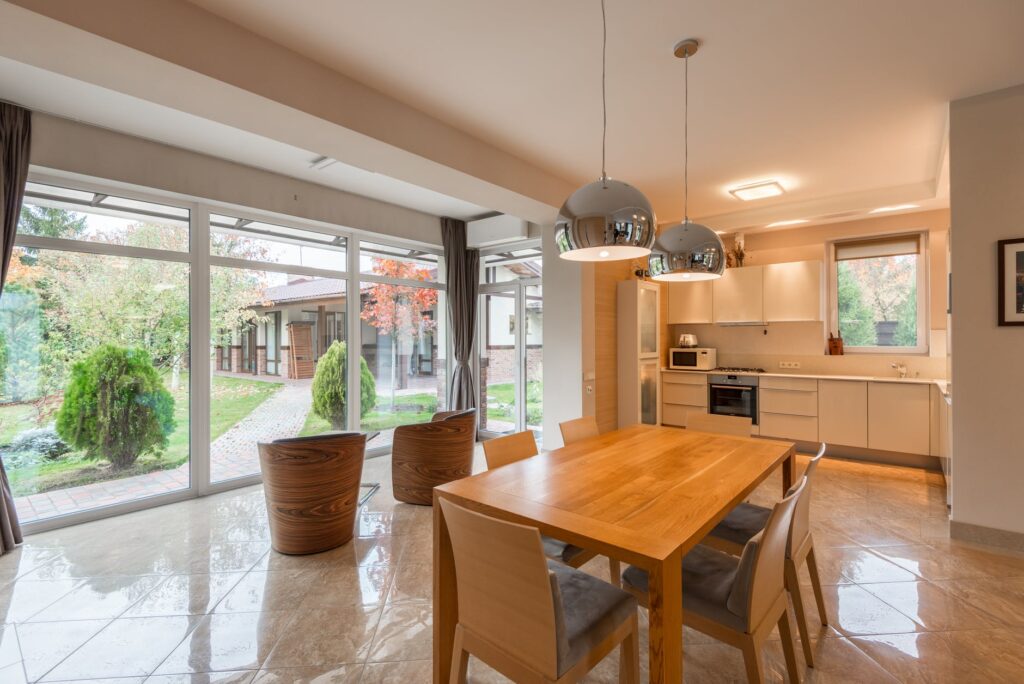
In most cases, people would turn off their thermostat before leaving the house since no one is in the house; there’s no need to control the temperature, right? Also, it’s a smart financial move, as some people believe it to be. While they do have a point, when they go back to their homes, it’s going to take a few hours before your thermostat can regulate the temperature normally.
That said, by having a smart thermostat, you don’t have to wait anymore because it can regulate the temperature by itself even before you arrive from work. This is due to the automatic regulating system that smart thermostats have. Also, you can set a schedule as to how you would like the temperature to be as you see fit.
Also, smart thermostats can be linked to your smartphone, so you can control the device anywhere you go. Not only that, but smart thermostats can also be paired to the temperature regulating devices other than an HVAC unit.
Install Ceiling Fans
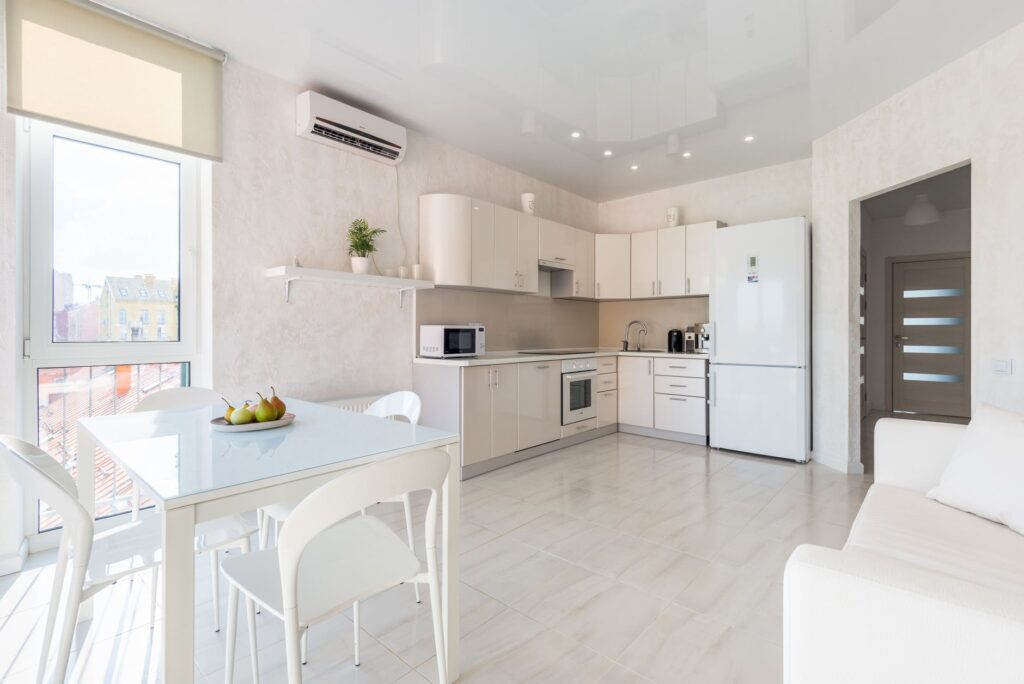
A ceiling fan is a low-energy option if you want to efficiently circulate the air in a room. Most fans have a button that controls the direction of how the blades spin, which can make a massive difference in airing out a room. For example, during the winter, you can let the fan rotate clockwise to pull the cold air upwards and the warm air downwards, which will result in a warmer room. Unfortunately, doing the opposite can make your room colder.
Also, they are cheap and come in different sizes, which you can fit to suit the size of your room. Overall, a ceiling fan is a generally low-energy and inexpensive way to regulate a room’s temperature, especially when your HVAC unit can’t reach that room.
Final Words
There’s nothing more annoying than having the wrong temperature during extreme weather. Not only that, but it can make you sick. That said, by doing the tips above, you can regulate your house’s temperature more efficiently, making your house much cozier when you need it.

